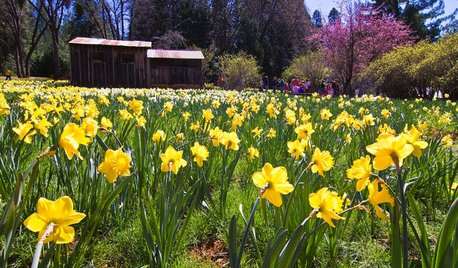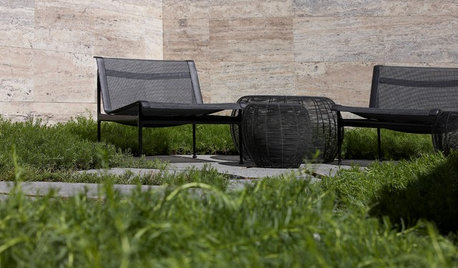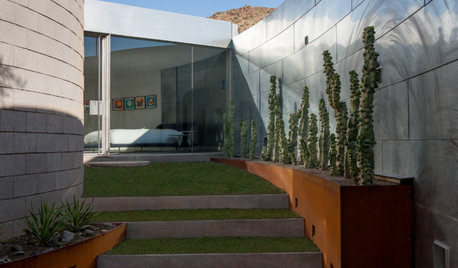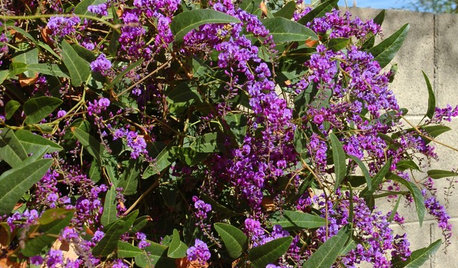When to repot in mild-winter climate
jenn
12 years ago
Related Stories

GARDENING GUIDES7 Bulbs That Flourish in Mild Climates
Fall planting: For gardens that don't see harsh winters, different guidelines for choosing and planting spring-blooming bulbs apply
Full Story
GARDENING GUIDES7 Fall Beauties for Mild-Climate Container Gardens
We're talking long-term relationship: These showy shrubs will bring color to your container garden autumn after autumn
Full Story
PORCHESGive Your Outdoor Rooms a Cozy Winter Makeover
If you live in a mild climate, enjoy days and evenings on your porch or patio with these tips for staying warm and comfortable
Full Story
LANDSCAPE DESIGNCelebrate a Sunny Climate With the Right Leafy Palm for Your Site
So you get freezes or floods. So your garden is small. These palms send excuses riding off into the tropical sunset
Full Story
HOUSEPLANTSIndoor Winter Gardens for Cheerier Days
Bring plants inside for drab-days mood boosting — not to mention cleaner indoor air and protection for your greenery
Full Story
GARDENING GUIDESGarden Myths to Debunk as You Dig This Fall and Rest Over Winter
Termites hate wood mulch, don’t amend soil for trees, avoid gravel in planters — and more nuggets of garden wisdom
Full Story
FLOWERS AND PLANTSMyoporum Parvifolium a Lush Green Alternative to the Lawn
Plant this Australian native in mild-winter climates as a low-maintenance, semi-drought-tolerant ground cover
Full Story
FLOWERS AND PLANTSUnusual Totem Pole Cactus Is a Standout in Southwest Gardens
This thornless cactus makes a statement in the ground or in a container in mild-winter climates
Full Story
KITCHEN DESIGN9 Questions to Ask When Planning a Kitchen Pantry
Avoid blunders and get the storage space and layout you need by asking these questions before you begin
Full Story
GARDENING GUIDESGreat Design Plant: Lilac Vine for a Purple Profusion in Winter
Grow this pretty, hardy vine on a fence or as a ground cover for blooms throughout the colder months
Full StoryMore Discussions








tapla (mid-Michigan, USDA z5b-6a)
jennOriginal Author
Related Professionals
Frisco Landscape Contractors · Lakeland Landscape Contractors · Brentwood Los Angeles Solar Energy Systems · Alum Rock Solar Energy Systems · Carol City Window Contractors · Enumclaw Window Contractors · The Villages Window Contractors · Yeadon Window Contractors · Albany Fence Contractors · Barrington Fence Contractors · Burlington Fence Contractors · Monroe Fence Contractors · Palm Harbor Fence Contractors · Windsor Fence Contractors · Teaneck Fence Contractorstapla (mid-Michigan, USDA z5b-6a)
calistoga_al ca 15 usda 9
jennOriginal Author